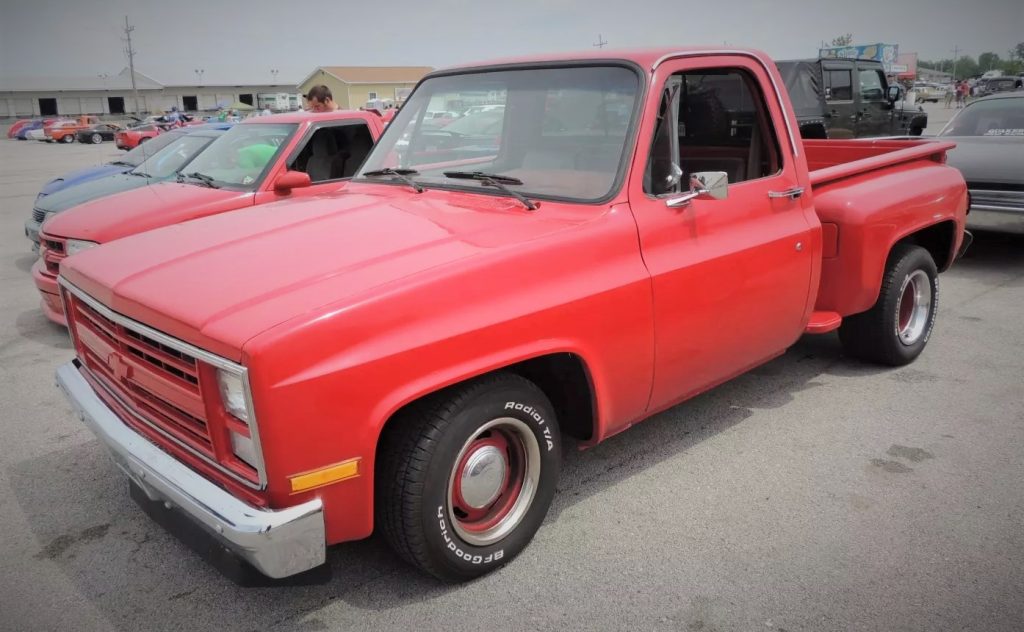Got questions?
We’ve got the answers—the Summit Racing tech department tackles your automotive-related conundrums. This week, we’re talking about engine flooding and hesitation.
Q: I have a Chevy Squarebody truck with 3.08 rear axle gears and a crate 350 engine that was installed about 30,000 miles ago. I have only had the truck a short time, so I don’t know the specifics of the engine swap. Here are a couple of problems that may or may not be related:
- The engine seems to flood when it is hot and not running. After driving the truck and parking it, I smell gas. If I restart it, I have to hold the accelerator to the floor to get it to fire.
- The engine hesitates while accelerated under load. Part-throttle acceleration is no problem, but when the carburetor secondaries open up, it kinda stutters.
I have replaced the spark plugs and wires, and bypassed the timing computer as recommended by my local shop. I think the timing chain might be worn or off a couple teeth. I am also thinking of a cam change and could use a recommendation for this street-only truck.
T.M. Marietta, GA

A: Those driveability problems are hard to diagnose from a distance, but here’s what the Summit Racing tech department thinks might be going on:
- Carburetor flooding is typically caused by one of three things: Too high a float setting, dirt in the needle and seat assembly, or too much fuel pressure. These problems usually show up when the engine is running. If the engine starts after holding the pedal to the floor and it blows black smoke out of the tailpipe, the engine is definitely flooded. If the engine does not blow black smoke, it means fuel is draining out of the carburetor fuel bowls. This can be caused by a combination of low float level and heat soak causing the fuel to evaporate.
- The hesitation might be caused by having the wrong carburetor. Most carbs on early 1980s engines were jetted lean. If the original 305 carburetor was installed on the 350 engine, the engine will run even leaner (about 13 percent leaner). If the carburetor is the proper size, it sounds like it needs to be adjusted and/or rebuilt.
As for the camshaft, we’d recommend a COMP Cams Xtreme 4×4 hydraulic cam. It has 206-degree intake/214-degree exhaust duration at .050-inch lift and .432-inch intake/.453-inch exhaust lift. A cam with larger numbers than these will cost you low-end torque, which is what you need with a 4×4 truck and 3.08 gears.

Replace carburator holley or summits 700 750 cfm
Had the same problem. Solved it by putting a 1 inch insulator under the carb.
On a quadrajet there are 2 plugs on the bottom of the middle section of the carb.the fix is to epoxies the 2 plugs and use the foam piece included in the rebuild kit.
I had the same problem with an edlebrock it was getting hot and boiling the gas into the intake causing the flooding. Edlebrock sells a heat spacer to solve this problem. I’d try this first, if you’re running an edlebrock card.